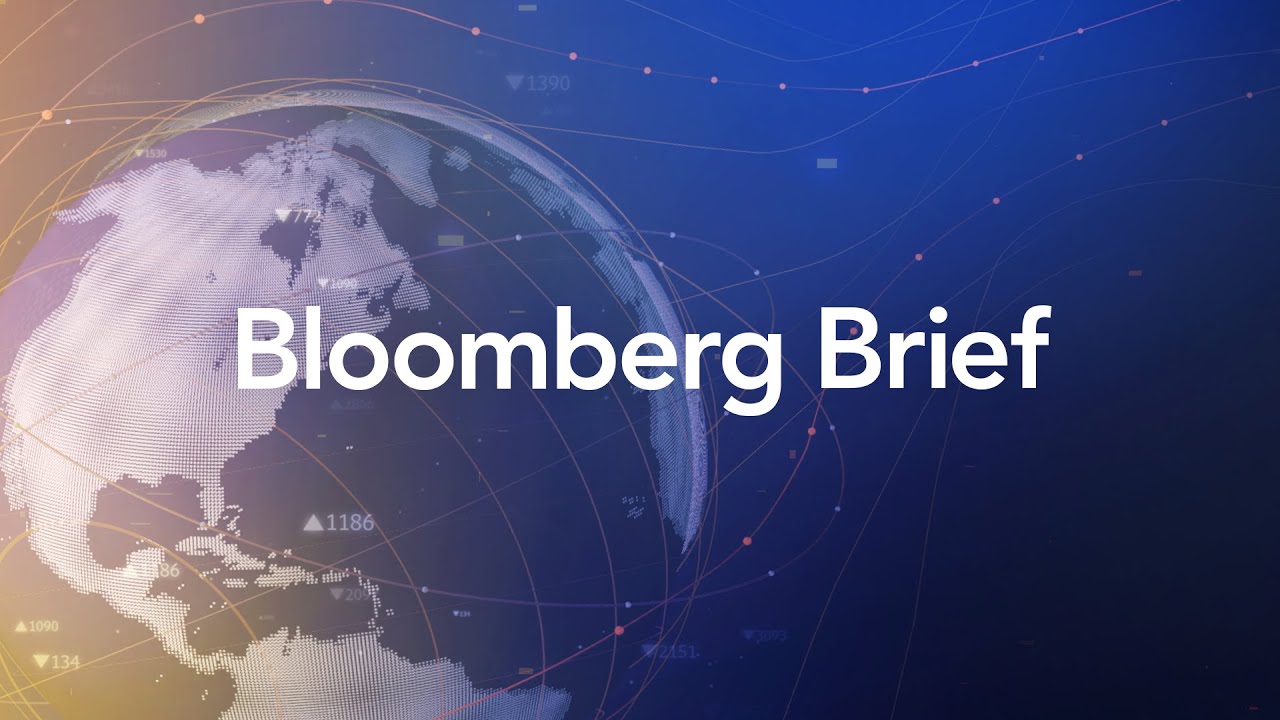President Trump’s mounting pressure on Fed Chair Jerome Powell and potential early replacement announcement have contributed to a drop in Treasury yields and a weaker dollar, while Nvidia’s record-high stock surge, driven by strong AI chip demand, underscores the semiconductor sector’s market dominance. Despite geopolitical and fiscal uncertainties, market strategists see resilient risk assets supported by optimistic earnings prospects and favorable credit conditions, with upcoming economic data and earnings reports poised to influence market dynamics further.
The Bloomberg Brief opens with a focus on President Trump’s increasing pressure on Federal Reserve Chair Jerome Powell, as Trump prepares a shortlist of potential replacements and may announce a successor as early as September or October. This political development has contributed to a notable drop in Treasury yields, with the 10-year yield falling and the dollar weakening to its lowest level against the euro since 2021. Meanwhile, the stock market shows resilience, with the S&P 500 experiencing its smallest daily move since 2017, and chip stocks, particularly Nvidia, rallying strongly. Nvidia hit a record high, surpassing Microsoft as the most valuable company globally, driven by robust demand for AI-related chips.
Chip stocks dominate market attention, with Micron beating earnings expectations due to strong sales in the AI sector, pushing its stock higher. Nvidia’s CEO Jensen Huang reassured investors about sustained demand for AI chips, highlighting ongoing infrastructure buildouts by major tech companies and data center expansions worldwide. Despite some regulatory concerns affecting Dutch chipmaker ASML, the semiconductor sector remains a key growth driver. Analysts note that Nvidia’s valuation appears reasonable given its growth prospects, and there is potential for further upside as big tech companies increase their exposure to Nvidia’s products.
Market strategists like Max Kettner of HSBC describe the current environment as a “wall of worry,” with geopolitical tensions, tariff deadlines, and potential bond auction risks creating uncertainty. However, despite these challenges, risk assets remain resilient, supported by low growth and earnings expectations that may be too pessimistic. Kettner suggests the market is in a “Goldilocks” regime with favorable conditions for high-yield credit and equities, and he warns that yields would need to rise significantly before posing a threat to valuations. He also anticipates a possible “melt-up” in stocks driven by mega-cap earnings surprises during the upcoming Q2 reporting season.
In Washington, the “One Big, Beautiful Bill” faces hurdles, particularly over state and local tax (SALT) deduction limits, with House and Senate Republicans divided. Treasury Secretary Scott Bessent is actively engaging lawmakers to resolve these issues ahead of critical deadlines, including the July 4 target for the bill and upcoming tariff negotiations with major trading partners like the EU and Japan. These fiscal and trade uncertainties contribute to investor caution, but there is hope for progress that could stabilize markets. Additionally, geopolitical developments, such as potential U.S.-Iran talks and the impact of recent military actions on Iran’s nuclear program, add complexity to the global outlook.
Finally, experts discuss the implications of Trump’s potential early Fed chair announcement and the concept of a “shadow Fed chair” to influence monetary policy. Thierry Wiseman explains that while unusual, this move reflects Trump’s desire to have a more direct role in Fed decisions, potentially leading to increased market volatility if the new chair’s views diverge from the Federal Open Market Committee consensus. The weaker dollar trend is attributed to structural factors including fiscal reforms in Europe, stimulative policies in China, and skepticism about U.S. monetary policy direction. The briefing concludes with previews of upcoming economic data releases and earnings reports, highlighting ongoing market dynamics shaped by political, economic, and technological forces.
